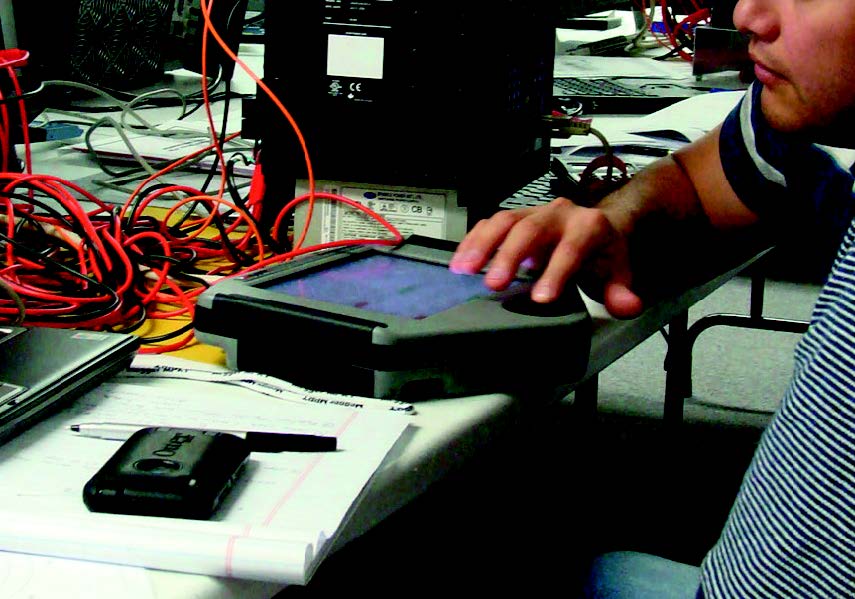Training opportunities and challenges: the views of a senior trainer

Author: Ralph Parrett, Sr Instructional Designer, AVO
Today’s technicians are different from their predecessors, and the differences create a challenge for trainers. They must constantly update their training techniques to engage these modern technicians and help them to enhance their knowledge and skills. As someone who has been a professional instructor for 10 years, I’m going to tell you about some of the amazing opportunities currently available in the training sector as well as the challenges associated with them. The topics I’ll discuss are of equal importance to technicians receiving training and to the organizations that provide it.
The first opportunity I want to discuss is virtual reality (VR), which has moved on from being little more than a gimmick to becoming a medium that generates a lot of interest in the training world. The big selling point of VR is that, in theory at least, it does away with the need for costly lab equipment, test instruments, tools and the like, all of which are replaced by a single device. This is an excellent sales pitch, but it’s important never to lose sight of the fact that a key element of any effective training program is relatability. When their training is complete, the trainees must be comfortable with the equipment they’re using and the environment in which they’re working. This is where the limitations of VR become apparent.
Indeed, things like the use of the test equipment can be simulated from start to finish with VR to provide training without the financial investment and maintenance costs associated with real equipment. However, what the trainees lose is quickly revealed when they return to their work sites and discover that working hands-on with real equipment is a very different, and often more challenging, experience than using it virtually.
Nothing has the same lasting impact that hands-on training provides, but I believe, nevertheless, that VR can play a useful role in the training environment, especially when it comes to safety-related issues. Trainers can, for example, usefully create virtual environments that allow technicians to work through evolutions, such as conducting lock-out/tag-out, and even ensuring that sites are safe for work. These virtual environments can help technicians to increase their skills in detecting critical issues and executing evolutions that are normally only the subject of discussions in the classroom.
Increasing interactivity within a training facility brings major benefits for technicians no matter how long they have been in the industry. One of the best ways to facilitate learning is to create a training environment where challenges are presented and the trainees have to figure out the solutions using the information they have received during the training and acquired through past experience. Many technicians who attend courses already have a vast amount of knowledge and this is, of course, an enormous asset.
Presenting lecture material that is theoretically based and then following it up with hands-on exercises undoubtedly helps technicians to relate the classroom material to the real world, but it’s far from easy for training facilities to ensure that the hands-on environment they provide is adequate for the technicians they are training. It is difficult and costly to keep the facilities up-to-date with current test equipment when this seems to undergo technological changes at about the same rate as cellular phones! From this perspective, the AVO Training Institute is in a fortunate position, because its close ties with Megger mean that it always has ready access to the latest developments in the fast-paced test equipment market.
Up-to-date equipment is, of course, not the only consideration when it comes to delivering effective training; in the classroom environment, content delivery methods must also be addressed. Today’s technicians are skilled in their use of technology, not only through the demands of their work, but also in their personal lives, so it makes sense for training providers to take advantage of these skills. Leaving textbooks behind and adopting a digital alternative that offers interactive options can, for example, tremendously increase the value and impact of the content, and this is the route that the AVO Training Institute will be following in the very near future.
Today’s technicians may be different from their predecessors in their training needs and expectations but, as I hope I’ve explained, this creates opportunities to which a dedicated and dynamic training organization can respond positively and constructively. This results in developments that help technicians to engage enthusiastically with their training and return to work with enhanced skills that will enable them to work more safely and more effectively.












